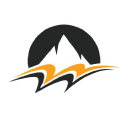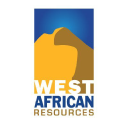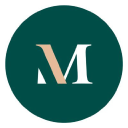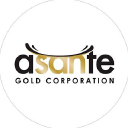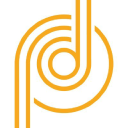Middle East Backing Fuels African Gold Boom with High Margins and Strong Growth
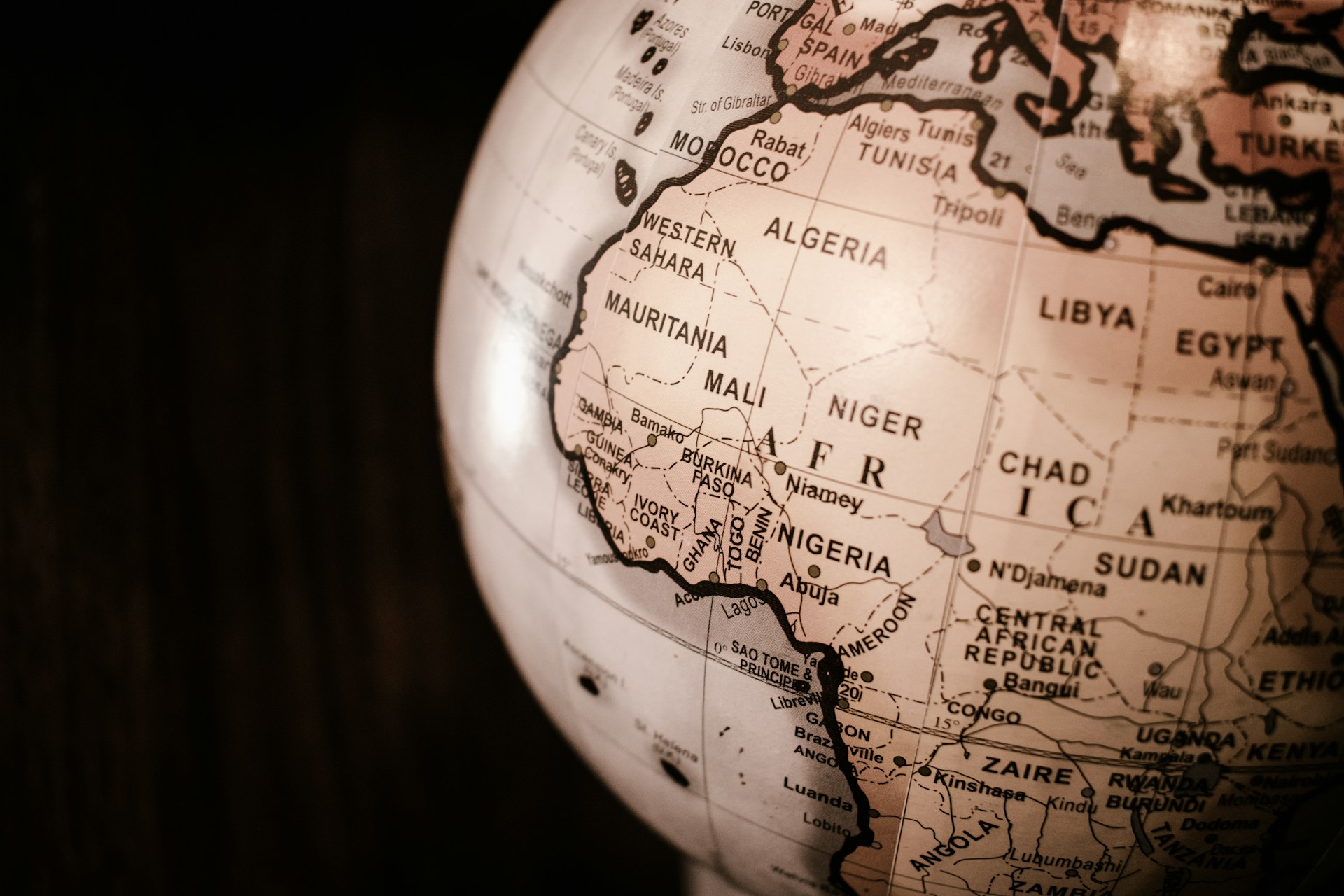
African gold miners deliver strong results amid rising Middle Eastern investment, creating compelling opportunities with robust production, cash flow, and expansion potential.
- The African gold mining sector is experiencing significant transformation driven by increasing Middle Eastern investment, particularly from GCC member states that have invested over $100 billion in Africa during the past decade.
- Gold's appeal as a hedge against inflation has supported record prices above $2,300 per ounce in 2024, enabling African producers to generate substantial cash flows and fund expansion projects.
- West African countries including Ghana, Côte d'Ivoire, Burkina Faso, and Mali have emerged as particularly attractive gold mining regions, hosting world-class deposits with established mining codes and developing infrastructure.
- Companies demonstrating strong operational performance with plan to increase monthly gold production by 2025 and onwards.
- Strategic partnerships are reshaping the industry with majors and UAE-based financing highlighting the growing importance of Middle Eastern investment in African mining.
The African mining landscape is experiencing a significant transformation, driven by increasing investor interest, and strategic partnerships that are reshaping the industry. This transformation is occurring against the backdrop of growing Middle Eastern investment across the continent, creating new dynamics in resource development and economic growth.
Gold's traditional role as a hedge against inflation and economic uncertainty continues to underpin its appeal, with prices reaching record levels above $2,300 per ounce in 2024. African gold producers are leveraging these favorable market conditions to generate substantial cash flows, advance development projects, and strategically position themselves for sustained growth.
For investors considering exposure to gold, Africa represents a compelling frontier with established producers delivering strong results and junior companies advancing promising projects across multiple jurisdictions.
The Middle Eastern Investment Wave in Africa
The Gulf Cooperation Council (GCC) member states—particularly the UAE, Saudi Arabia, and Qatar—have dramatically increased their footprint in Africa over the past decade. According to data from the Economist Intelligence Unit, the GCC has invested over $100 billion in Africa during this period, representing approximately 30% of its total outward foreign direct investment (FDI). Greenfield FDI announcements from the GCC reached record highs of $60 billion in 2022 and $53 billion in 2023, significantly outpacing commitments from traditional investors like China, Western Europe, and the United States.
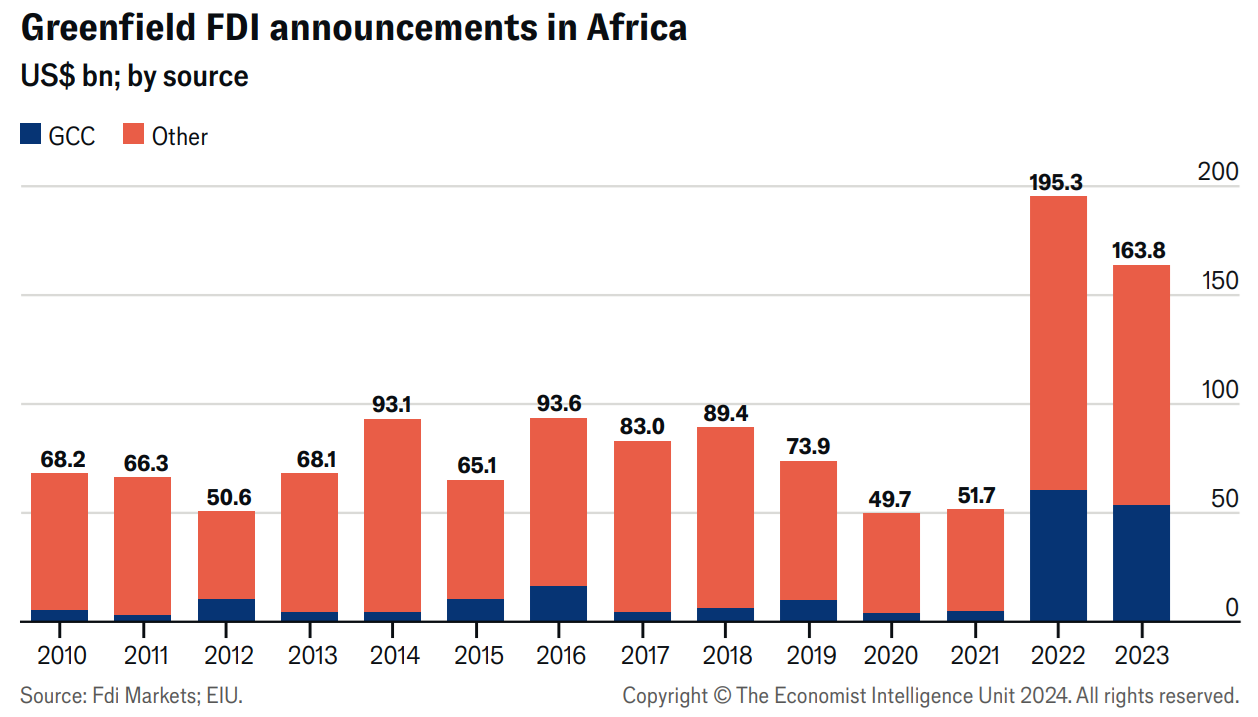
This surge in investment is driven by multiple strategic objectives. For Middle Eastern nations, Africa represents an opportunity to diversify their economies away from hydrocarbons, secure food supplies, and extend geopolitical influence. The UAE has emerged as the leading investor, with $110 billion committed between 2019 and 2023, including $72 billion dedicated to renewable energy. Saudi Arabia has announced a $41 billion commitment over ten years to Sub-Saharan Africa, encompassing direct private investments, export financing, and support for startups.
"The GCC is reported to have invested over US$100bn in Africa over the past decade, or about 30% of its total outward foreign direct investment," notes the Economist Intelligence Unit report. "GCC greenfield FDI announcements in Africa reached a record US$60bn in 2022 and a further US$53bn in 2023."
The mining sector, particularly gold mining, has been a key target for these investments. At the 2024 Mining Indaba conference in South Africa, GCC presence was notably stronger, with cash-rich companies from the UAE and Saudi Arabia competing with Chinese and Western counterparts to secure supplies of Africa's critical metals and minerals, including gold.
"Gulf countries seek to reduce their dependence on hydrocarbons by investing in promising sectors internationally," explains Dounia Ben Mohamed from Africa News Agency.[2] "This ambition is reflected in large-scale projects that redefine exchanges between the two regions."
The Regional Advantage: West Africa's Gold Belt
West Africa has emerged as a particularly attractive region for gold mining, with countries including Ghana, Côte d'Ivoire, Burkina Faso, and Mali hosting world-class deposits. The region benefits from established mining codes, developing infrastructure, and a growing ecosystem of mining services providers. Perseus Mining's operations span Ghana and Côte d'Ivoire, while Montage Gold is advancing its flagship Koné project in Côte d'Ivoire.
The geological prospectivity of the West African gold belt continues to attract investment, with exploration programs regularly identifying new resources.
G2 Goldfields announced promising drill results from its Oko Project in Guyana, expanding its discovery with significant high-grade intercepts including 1.9 g/t Au over 43.7 meters and 1.2 g/t Au over 51.0 meters. The company's growing resource base of 1.5 million ounces of gold Indicated and 1.6 million ounces of gold Inferred at the Oko Main Zone and Ghanie underscores the significant exploration potential of its assets. With AngloGold Ashanti holding 14.99% of G2's shares and cash holdings exceeding C$30 million, the company is well-positioned to continue aggressive exploration.
West African Resources demonstrates the growth potential through its Toega underground project at the Sanbrado gold production center in Burkina Faso. The company revealed a maiden underground mineral resource estimate of 4.9 Mt at 3.5 g/t for 560koz gold at Toega. The scoping study indicates strong production potential with underground gold production averaging 81koz per annum in years 2 to 6, adding 515koz gold to Toega's life-of-mine production over a 7-year period.
This strategic growth approach perfectly illustrates African gold companies positioning themselves for sustained growth while taking advantage of the continent's compelling frontier with established producers delivering strong results.
Strong Financial Performance of African Gold Producers
Recent financial reports from established African gold producers highlight the sector's robust performance:
- Perseus Mining with operations across West Africa, reported impressive H1 FY25 results, including gold production of 253,709 ounces at an all-in sustaining cost (AISC) of $1,162 per ounce. The company achieved profit after tax of $201 million, a 22% increase year-on-year, and generated operating cash flow of $248 million, up 17.2% from the comparable period.
- Galiano Gold emphasized the company's strong position following its acquisition of Gold Fields' 45% interest in the Asanko Gold Mine in Ghana. Galiano produced 115,115 ounces of gold in FY 2024 and reported net income attributable to common shareholders of $6.1 million. Despite some operational challenges related to crusher circuit performance, the company maintained a strong cash position and is advancing development at the Nkran deposit, which commenced preliminary waste mining activities in early 2025.
- DRDGold reported a strong H1 FY2025 performance with gold production increased by 1% to 2,564 kilograms and an all-in sustaining costs margin of 35%. The company saw significant financial growth with operating profit increased by 74% to R1,578.7 million and headline earnings up 65% to R970.1 million. DRDGold's robust cash position and no debt positions the company well for continuing its growth strategy. The company's business model is proving particularly successful with the integration of a reduction in mechanical mining and solar power all contributed to a 9% reduction in operating unit costs per tonne.
- Thor Explorations delivered strong Q4 2024 production results at its Segilola Gold mine in Nigeria, with 24,662 ounces of gold poured during the quarter and total FY 2024 production of 85,057 ounces. The company reported healthy gold sales of 24,936 oz at an average realized price of US$2,497 in Q4, resulting in approximately $62 million in revenue. Thor has fully repaid its senior debt facility with Africa Finance Corporation and now has no senior debt and maintains a net cash position, demonstrating financial discipline alongside operational execution. Thor's success as a first-mover in Nigeria's gold sector highlights the expanding geographical footprint of gold mining in Africa beyond traditional mining jurisdictions.
Middle Eastern Investment and African Development
The surge in Middle Eastern investment in Africa extends beyond mining to encompass renewable energy, infrastructure, agriculture, and technology. This broader investment landscape creates a supportive environment for mining development through improved infrastructure and economic growth.
"Energy transition is high on the agenda for GCC states, and FDI announcements point to Gulf states committing substantial project finance to Africa's renewable energy industry, including solar and green hydrogen projects," notes the Economist Intelligence Unit report.[1] "The UAE and Saudi Arabia are among the largest investors in African renewables and plan to roll out various projects that will expand their footprint across the sector through to 2030."
These infrastructure investments enhance the operating environment for mining companies by addressing key constraints such as energy supply and transportation. For gold producers specifically, improved infrastructure can reduce operating costs and enhance project economics.
Strategic Partnerships and Consolidation
The African gold sector is witnessing increased partnership activity and consolidation.
Montage Gold announced a strategic partnership with African Gold Limited, acquiring up to a 19.9% ownership stake through the issuance of approximately 2.19 million common shares, representing consideration of approximately C$6.3 million across their highly attractive portfolio in Côte d'Ivoire, including the high-grade Didievi project, by leveraging our presence and expertise in the country. The partnership highlights the sector's evolving dynamics, with companies seeking to leverage operational synergies and exploration expertise. African Gold's Didievi project hosts an inferred resource of 4.93 million tonnes at 2.9 g/t gold containing 452,000 ounces, and the company is currently undertaking a 10,000-meter drill program that "continues to return high-grade extension intercepts.
Asante Gold Corporation is demonstrating operational momentum at its Bibiani mine in Ghana with significant ramp-up in production activities, supported by a US$100 million gold forward sale agreement with Fujairah, a strategic partner from the Middle East.
The company expects monthly gold production to increase dramatically from current levels to 9,000 ounces by February 2025 to 23,000 ounces by September 2025, with additional catalysts for growth expected to follow over the course of the year supported by the Company's financing plans that continue to advance."
Allied Gold announced a strategic partnership with UAE-based Ambrosia Investment Holding, representing a significant move to realize immediate value from its Sadiola mine in Mali. The partnership provides Allied with approximately US$250 million in upfront cash consideration from an estimated aggregate proceeds of over US$500 million, creating a fortress balance sheet that supports the company's transformational growth plans. The transaction values Allied's 80% interest in Sadiola at US$750 million. Allied's CEO Peter Marrone emphasized the strategic regional benefits:
"We are delighted with the formation of this strategic alliance and to partner with such influential persons who have a similar understanding and appreciation of Sadiola and the Republic of Mali. Our approach is to establish rapport and build relationships in the countries in which we operate."
This partnership highlights the growing importance of Middle Eastern investment in African mining, particularly from UAE entities that are emerging as key financial backers in the continent.

In Guinea, Predictive Discovery secured A$69.2 million through a strategic placement to the Lundin family and Zijin Mining, with the Lundin Family investing approximately A$45.1 million for a 6.5% stake and Zijin investing approximately A$24.1 million for a 3.5% stake. The proceeds will accelerate the company's Bankan Gold Project which hosts a 5.38Moz Mineral Resource. This capital raise strengthens PDI's financial position, providing a pro-forma cash balance of A$98.0 million upon completion. Managing Director Andrew Pardey noted,
"We are delighted to welcome the Lundin Family and Zijin as strategic shareholders in Predictive Discovery. Their investment is testament to the quality of the Bankan Gold Project and the progress PDI is making towards developing it into a Tier-1 gold mine."
PDI's ability to attract significant investment from established global mining entities demonstrates confidence in West Africa's gold potential and the region's growing importance in the global gold supply chain.
Such strategic moves reflect companies' efforts to build scale and enhance operational efficiency, particularly important in the capital-intensive gold mining sector.
The Importance of Governance and Sustainability
Mining companies operating in Africa are increasingly emphasizing robust governance and sustainability practices. Perseus Mining highlighted its focus on maintaining the social license to operate as a key priority, recognizing the importance of strong community relations and environmental stewardship.
Similarly, Galiano Gold reported improvements in safety performance, with its 12-month rolling lost-time injury (LTI) and total recordable injury (TRI) frequency rates improved year-on-year to 0.15 and 0.58 per million hours worked, respectively, reflecting a stronger safety performance in 2024.
For investors, these governance and sustainability metrics are becoming increasingly important considerations, particularly as environmental, social, and governance (ESG) factors influence investment allocations. Companies that demonstrate strong performance in these areas may attract premium valuations and broader investor interest.
The Investment Thesis for Gold in Africa
Why Consider African Gold Exposure
- Production Growth Potential: African gold miners have substantial reserves and resources with expansion opportunities through both brownfield and greenfield projects.
- Cost Competitiveness: Despite inflationary pressures, many African producers maintain competitive cost structures, with Perseus Mining for example, reporting AISC of $1,162/oz in H1 FY25, well below the industry average.
- Strong Balance Sheets: Leading producers have built robust financial positions, with Perseus Mining holding $704 million in net cash and bullion and Galiano Gold reporting $105.8 million in cash with no debt.
- Dividend Potential: Companies like Perseus Mining have established dividend policies and are increasing payouts, with its interim dividend up 100% year-on-year.
- Exploration Upside: Africa remains underexplored relative to mature mining jurisdictions, offering significant potential for new discoveries. Montage Gold's partnership with African Gold highlights the ongoing exploration focus.
- Geopolitical Diversification: For investors seeking to diversify gold exposure beyond traditional mining jurisdictions, African producers offer geographical diversification within a supportive commodity price environment.
- Middle Eastern Investment Tailwind: The significant increase in GCC investment in Africa creates a supportive backdrop for resource development through infrastructure improvements and economic growth.
Conclusion: A Strategic Opportunity Amid Global Shifts
The African gold mining sector presents a compelling investment case, supported by strong operational performance, robust financial results, and a favorable gold price environment. Established producers like Perseus Mining and Galiano Gold are generating substantial cash flows, advancing development projects, and returning capital to shareholders, while companies like Montage Gold are pursuing strategic partnerships to unlock exploration value.
The surge in Middle Eastern investment across Africa creates an additional tailwind, with improved infrastructure and economic development enhancing the operating environment. For investors seeking exposure to gold, African producers offer a combination of current production, growth potential, and the opportunity to participate in the continent's broader resource development story.
As global economic uncertainties persist and gold maintains its appeal as a store of value, well-managed African gold producers are positioned to deliver both growth and returns to investors willing to engage with this dynamic market segment. Mining companies are benefiting from high gold prices and generating substantial cash flows while advancing growth projects. The increasing Middle Eastern investment in Africa creates a supportive backdrop for resource development through improved infrastructure and economic growth. For investors seeking exposure to gold in a potentially undervalued jurisdiction, well-managed African gold producers offer the combination of current production, growth potential, and increasing shareholder returns that may outperform global peers in a sustained strong gold price environment.
References:
- Economist Intelligence (2024). The Gulf Co-operation Council’s Expanding African Footprint
- Mohamed, Dounia Ben (March 2025). Africa-Middle East : A New Mutually Strategic Alliance
- World Economic Forum (April 2024). A New Economic Partnership is Emerging Between Africa and the Gulf States
Analyst's Notes




Subscribe to Our Channel
Stay Informed












